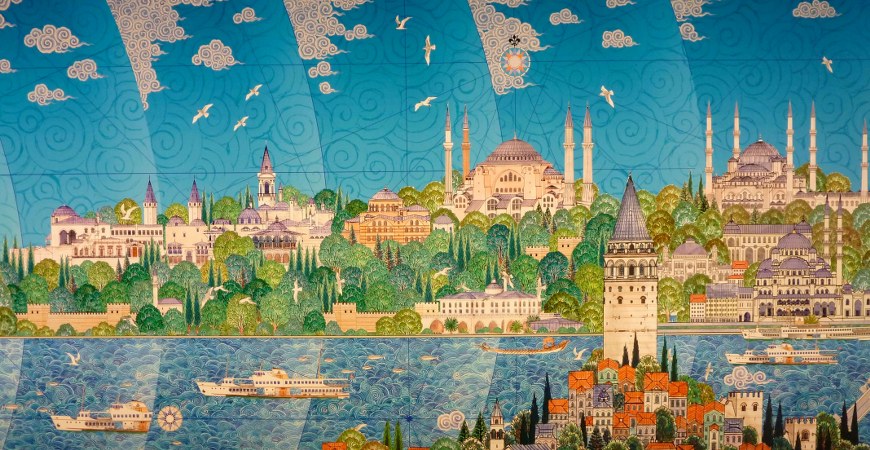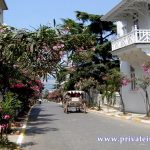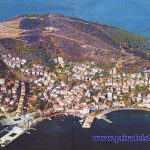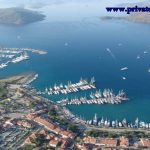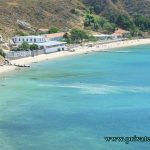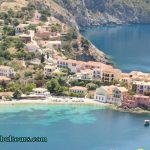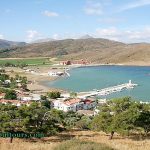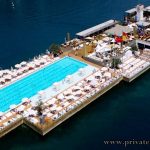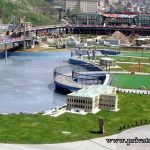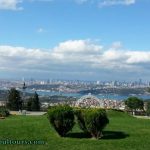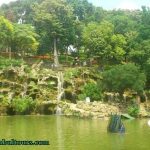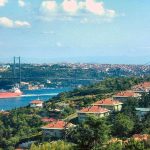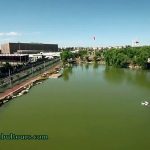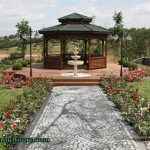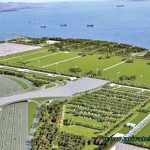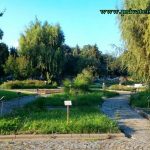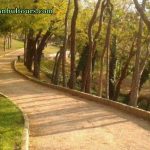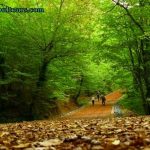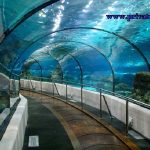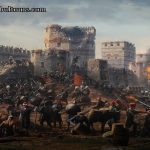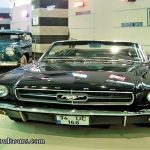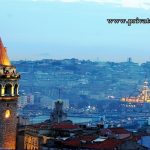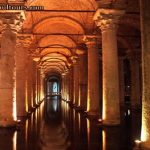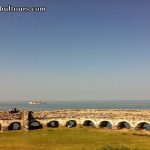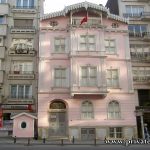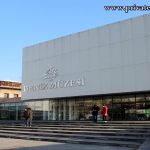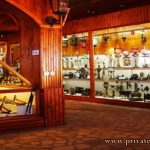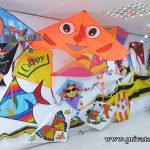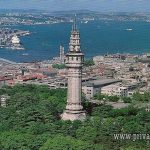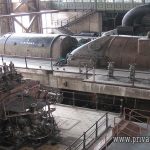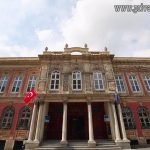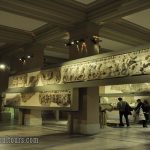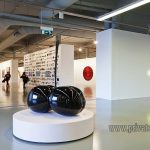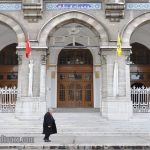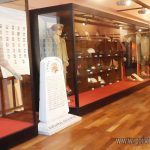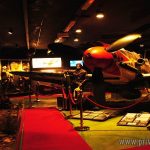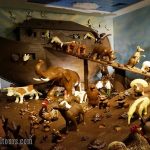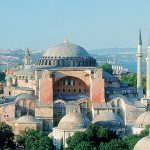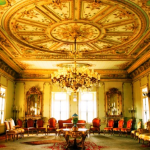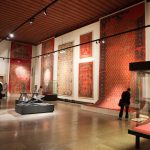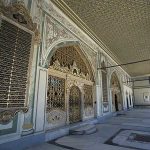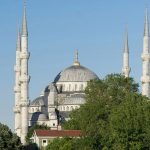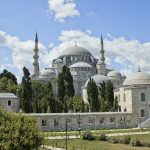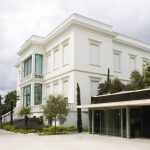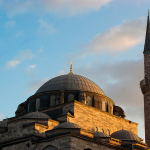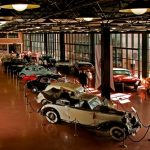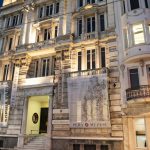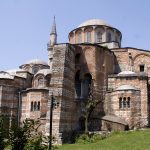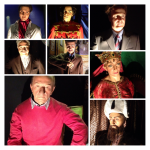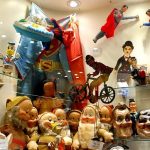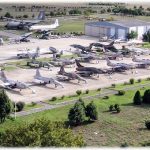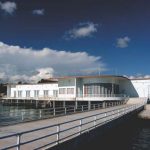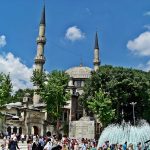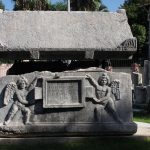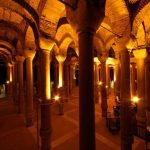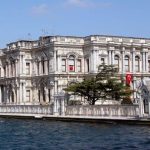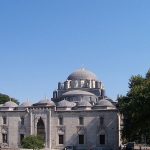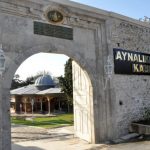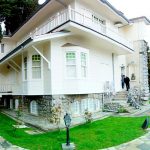The first steps to establish a museum containing items among the trust works of the General Directorate of Trusts were taken in 1914. That same year Islamic period works from mosques, tombs, tekkes etc. were placed in the Imaret (soup kitchen) of the Suleymaniye Mosque Kulliye and called the Trust Museum of Islam. In 1927 it was renamed the Museum of Turkish and Islamic Art and put under the control of the Ministry of Education. In recent years the Directorate of Trusts has opened two new museums in Istanbul. One of these is the Museum of Turkish Construction and Interior Decoration in the medrese of the Amcazade Huseyin Pasha Kulliye and the other is the Museum of Turkish Written Arts in the Sultan Selim Medrese on Vatan Boulevard. The Eminonu Yeni Cami Imperial Pavillion has also been organized as a museum.
The Museum of Turkish Construction and Interior Decoration:
The museum items are exhibited in the rooms, school, and courtyard of the Amcazade Huseyin Pasha. Medrese. There are 13 sections which contain respectively examples of plaster moulding, stone masonry, brick and stone inscriptions, iron lattice work, stucco windows, tiles and wooden items, building equipment, items (decorations, usually moon and star, on top of flag poles, domes and minarets), lighting equipment, and other donated items.
The sections containing examples of plaster molding and stone masonry include capitals, arch bases, friezes, lattice work. These are either original or plaster casts which are displayed mainly for the use of researchers.
In the section of brick and stone inscriptions are examples from Ottoman period buildings, in the title section are examples of wall tiles made in Iznik and Kutahya dating from the Seljuk to Ottoman periods, and in the section of wooden objects are Seljuk period geometric arabesques, and ceiling centrepieces, doors, windows and cupboard doors from the Ottoman period. In the section of the building, equipment is interesting materials of the architectural technique of the past. One section contains nails, iron clamps, taps and pipes, locks and keys, pieces of lead, pieces of stucco etc. Another section contains items made of stone, marble, and metal. In the lighting section, there are candlesticks, and lamps, and in the donation section center, rose water bottles, hangers, fountain stones, bowls, ewers etc.

